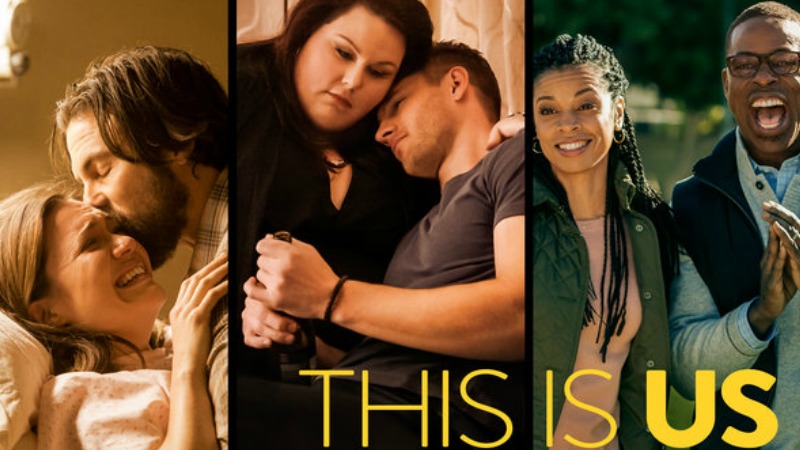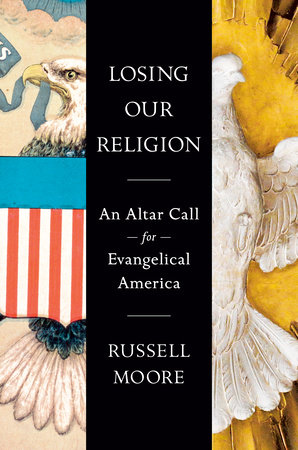Before their bedtime each night, I’m reading C.S. Lewis’s The Lion, the Witch, and the Wardrobe to my three oldest sons. I’m doing this because it’s a great story. But I’m also doing it because Lewis’s Narnia stories are, I believe, what shaped and molded my moral imagination as a child. I believe they are directly part of the means the Spirit used to point me to the truer Narnia in Christ. But by starting with the first book in the series, I realize I’m walking into a debate as well as into a wardrobe.
Some fellow Lewisphiles insist the series begins with The Magician’s Nephew. I disagree, emphatically.
The Magician’s Nephew is what would be called in today’s film lingo a “prequel,” rather than a beginning. The narrative takes place chronologically before the other stories. But it makes sense only when read after them. That’s because it ties together loose ends and throws further light on the origins behind some of the characters and plotlines readers have already grown to know.
The Magician’s Nephew, then, is not like Genesis in the biblical canon. That’s the place of The Lion, the Witch, and the Wardrobe, providing the foundational story.
The Magician’s Nephew is like Revelation 12 or the entire Books of Ephesians and Hebrews. These biblical books explain the archetypes behind things to which we’ve already grown accustomed. They make the reader exclaim, “Ah, that’s why there’s marriage and childbearing” or “Oh, so that’s why the people of Israel kept being pursued to the point of death” or “Hmm…so that was the point of the furniture in the Tabernacle.”
The first books of the Narnia series offer mysteries (Where did the White Witch come from? Who is the professor, really?), but they’re mysteries one doesn’t notice as mysteries. That waits until later.






